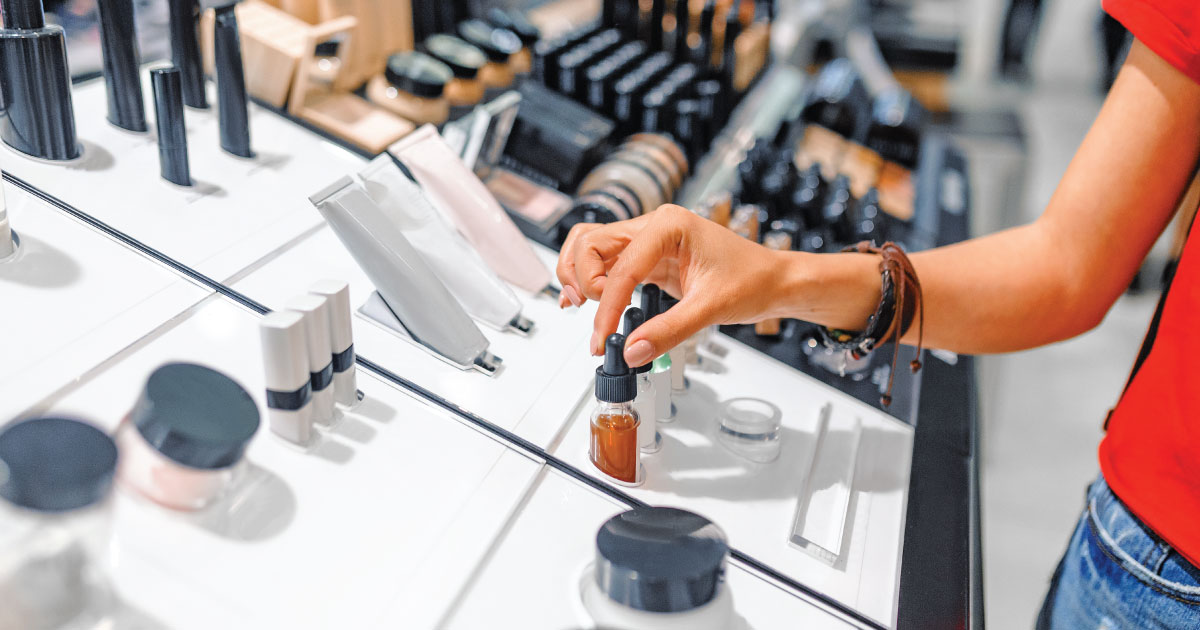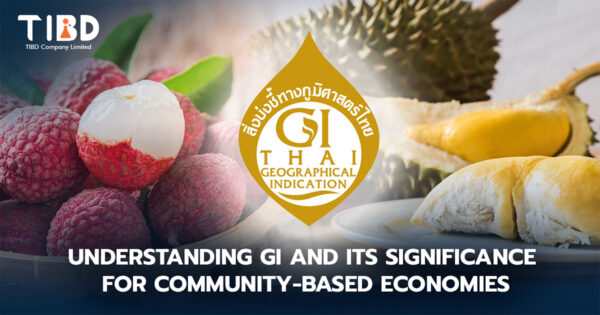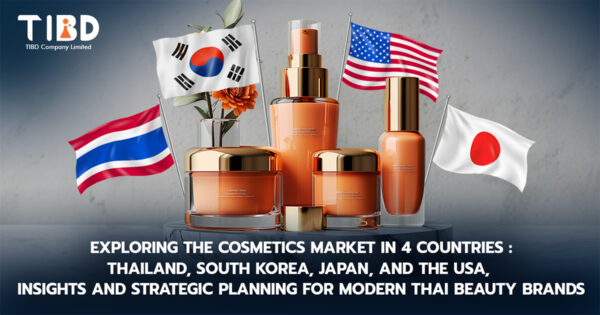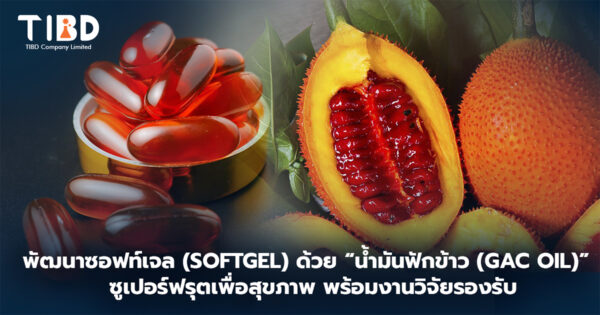Kickstart your beauty venture in Thailand’s thriving cosmetic industry with this easy-to-understand guide
Contents
The Booming Cosmetic Market in Thailand
If you’re considering entering the cosmetic industry in Thailand, you’ve chosen a lucrative market. With a robust growth rate and a strong demand for beauty products, the Thai cosmetic market presents ample opportunities for startups, SMEs, and new brand owners.
According to a report by Euromonitor International, the cosmetic industry in Thailand was valued at approximately THB 104.9 billion (USD 3.3 billion) in 2020, with a compound annual growth rate (CAGR) of 5.1% between 2016 and 2020 [1]. This growth is expected to continue as consumer spending on beauty products increases.
The market is segmented into various categories, such as skincare, makeup, haircare, and fragrances. Among these, skincare holds the largest market share, accounting for nearly 42% of the total cosmetic market in 2020 [1]. Thai consumers value high-quality products, and the rising interest in K-beauty and J-beauty trends has further influenced the market landscape.
One of the key drivers for the industry’s growth is the rise of digital platforms and e-commerce. According to a 2021 study by GlobalData, online sales of cosmetics in Thailand are expected to grow at a CAGR of 18.1% from 2020 to 2025, reaching THB 29.4 billion (USD 928 million) by the end of the forecast period [2]. This rapid growth presents immense opportunities for businesses to tap into the online market and expand their customer base.
The Role of Local and International Brands in Thailand’s Cosmetic Industry
Thailand’s cosmetic market is a melting pot of local and international brands, offering a diverse range of products to consumers. Local brands, such as Gino McCray, Srichand, and SnailWhite, have gained popularity due to their affordability, innovative formulations, and a focus on natural ingredients. These brands cater to the preferences of Thai consumers and have developed a strong following in the market.
On the other hand, international brands like L’Oreal, Estée Lauder, and Shiseido have established a solid presence in Thailand. These brands leverage their global reputation and offer a variety of premium products that cater to the high-end segment of the market. The coexistence of local and international brands provides consumers with a wide array of choices and fosters healthy competition in the industry.
Emphasizing Sustainability and Ethical Practices in the Cosmetic Industry
As consumer awareness of environmental and social issues increases, the demand for sustainable and ethically-produced cosmetics has grown in Thailand. Brands that prioritize environmentally-friendly practices, cruelty-free testing, and fair labor standards are becoming more attractive to consumers. To stay competitive in the market, businesses must adapt to these trends and align their practices with consumer expectations.
For newcomers, integrating sustainability into your brand’s core values can differentiate your products from competitors and build consumer trust. By partnering with consultation services, you can access expert guidance on implementing sustainable practices and ensuring that your brand stands out in the Thai cosmetic market.
In the following sections, we will delve deeper into the different aspects of the Thai cosmetic industry, from the supply chain to marketing and retail strategies. With a clear understanding of the industry’s inner workings, you will be well-equipped to establish a successful beauty brand in Thailand.
Reference
[1] Euromonitor International. (2021). Beauty and Personal Care in Thailand. Retrieved from https://www.euromonitor.com/beauty-and-personal-care-in-thailand/report
[2] GlobalData. (2021). Thailand Cosmetics & Toiletries – Market Assessment and Forecasts to 2025. Retrieved from https://www.globaldata.com/store/report/cs2007mf–thailand-cosmetics-toiletries-market-assessment-and-forecasts-to-2025/





